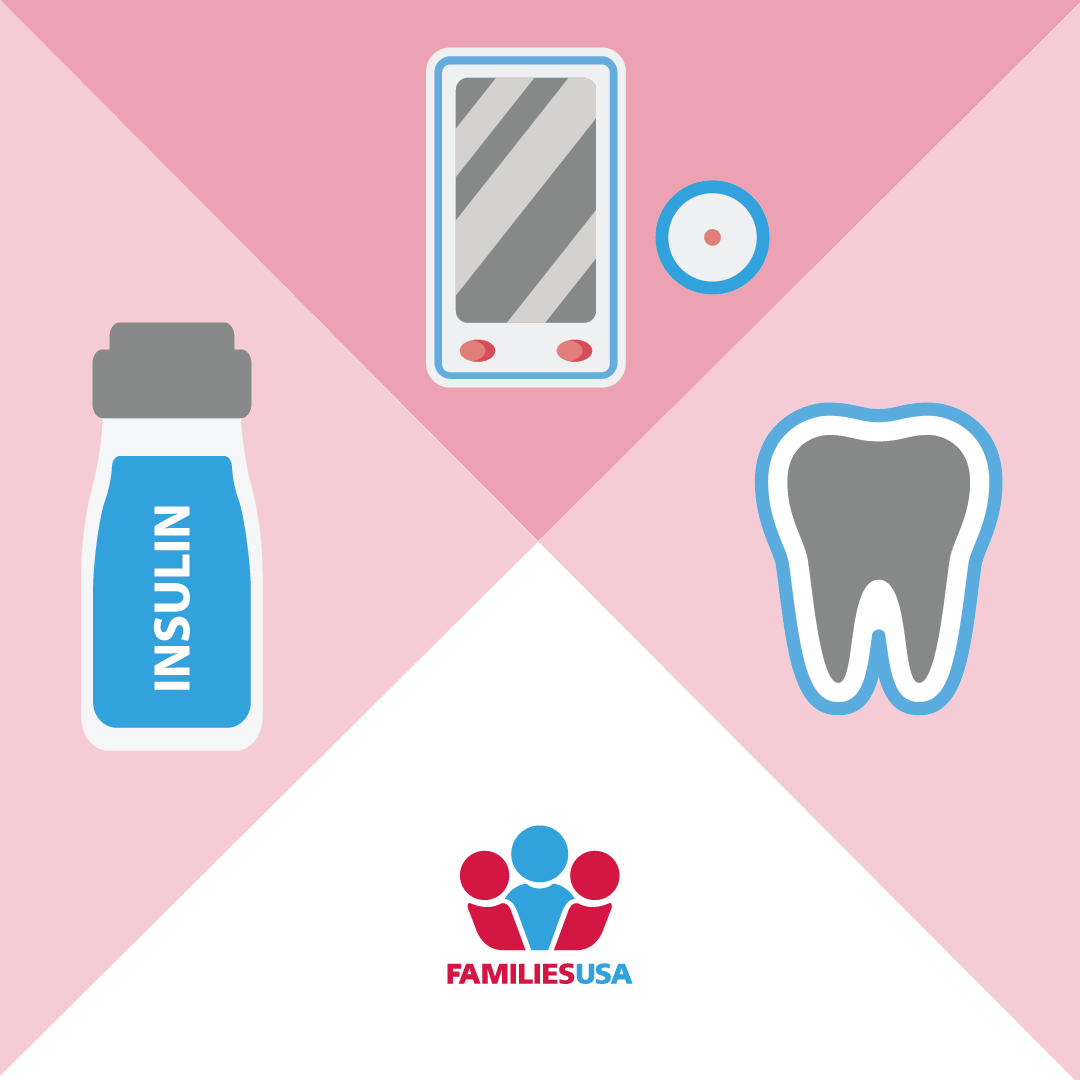
Snapshot of Health Policy in 2018 State Legislative Sessions
02.16.2018
Many state legislatures are passing the midpoint for 2018 sessions, and trends are emerging in their efforts to tackle health care affordability and coverage. States are also reacting to federal activity around Medicaid and private market coverage including the repeal of the individual mandate. Below are some of the noteworthy state health legislative measures already moving this year.
Prescription drug pricing continues to have momentum
One of this year’s biggest trends is the continued, bipartisan effort to rein in prescription drug prices. At least 34 states have introduced some kind of legislation aimed at bringing these prices down.
Many states, like Colorado and Oregon, are looking to impose transparency and/or anti-price gouging requirements following last year’s examples in California and Maryland, respectively. Maryland is expanding on last year’s win with an effort to establish a drug cost review commission that will allow the state to address the prices of brand-name drugs. Other states are looking at more extreme measures like re-importation models.
Oral health coverage makes strides, also plays defense
Also similar to last year, a number of states are looking to expand or reinstate a Medicaid adult dental benefit, which is an optional service despite oral health’s vital importance to overall health. Idaho, Maryland, Virginia, Hawaii and Arizona all have active bills that would advance this important coverage. Maryland’s progress builds on a recently released study showing just how much the state spends on preventable ER costs in oral health.
However, now that states may face tighter budgets under the new federal tax plan and upcoming federal budget decisions, these important—and often overlooked—benefits will also need to be defended whether they are new or already in place.
Medicaid expansion is still on the table
There are 18 states that continue to refuse to provide health care coverage to low-income, hardworking adults and families who could be eligible for Medicaid. Virginia is taking up a proposal but in order to gain bipartisan support may impose some restrictions including work programs. It remains to be seen how these restrictions will keep some Virginians from getting health care coverage, and for how long.
Medicaid expansion will also crop up this year in ballot measures, similar to what Mainepassed last fall. While many legislatures in non-expansion states remain in a partisan stalemate, people in some states will use the power of their votes to make their voices heard in 2018.
Federal policy environment spurs new innovations
Federal policy changes, from both the administration and Congress, have changed the health care policy environment and spurred some new ideas in states.
With the elimination of the ACA’s individual mandate enforcement coming in 2019, at least nine states are considering ways to encourage people to enroll in health insurance and keep their insurance markets stable. Maryland is considering an innovative plan to not only replace the mandate but also enroll people who would otherwise be uninsured in free or low cost plans.
Other states are looking for creative ways to expand coverage. One innovative initiative being explored is the “Medicaid Buy-in” model, which allows more people to purchase Medicaid-like coverage. New Mexico recently passed memorials to study this model for the state. Advocates in Maryland are leading a charge for a similar study.
New threats to Medicaid coverage also evident
The federal Department of Health and Human Services (HHS) is also influencing state efforts that make it hard for people to get health care. Recently, HHS approved Kentuckyand Indiana’s 1115 waivers that tie Medicaid coverage to work activities. Other states are seeking approval for similar waivers, and state legislators are taking note. Iowa, Utah, and Tennessee lawmakers have introduced bills to join these states in seeking federal permission for such a requirement. Virginia lawmakers are also considering work requirements as part of their Medicaid expansion discussion.
With so much on the table in 2018, we are working with community leaders and state officials to elevate the consumer voice in the states. Our Health Policy and Advocacy Toolkit provides a starting point for educating consumers and new advocates who want to speak out on legislative and administrative proposals. We also provide direct assistance and advice to partners to help make sure America’s families can get affordable, quality health care coverage. If you would like to know more, reach out to your friends at Families USA (Info@familiesusa.org)!



